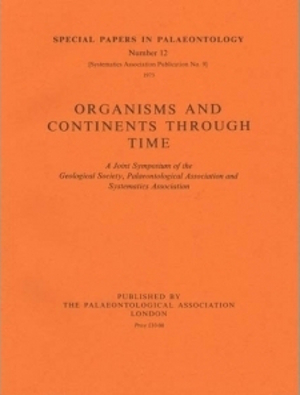Reg. Charity No. 1168330

The distribution of oceanic organic siliceous sediments is considered from the Cambrian to the Recent. Mesozoic and Cenozoic cherts recovered by JOIDES from the Atlantic, Caribbean, and Pacific are considered as diagenetic derivatives of primary organic sediments rich in silica. A similar origin is also proposed for the deep-sea Mesozoic and Palaeozoic radiolarian cherts associated with ophiolites or eugeosynclinal black shales which are now contained in fold mountain belts.
Three distinct tectonic environments of ancient and modem oceanic sedimentation are recognized: a major ocean basin environment, an interarc or marginal basin environment, and an ensialic continental rise environment. The first two are comprised of oceanic crust which differs in its internal structure; crust generated in major ocean basins is characteristically sheeted, while the crust of marginal or interarc basins is layered.
The distribution of oceanic organic siliceous sediments through the past 500 million years can be explained in terms of three 'global' silica belts which in the Recent oceans are confined to areas of upwelling and high plankton productivity. This interpretation succeeds in reconciling, through space and time, the otherwise scattered remnants of ancient oceans.
Circulation patterns in the Late Mesozoic and Early Tertiary are discussed, and the occurrence of an equatorial zone of biogenic silica in the Cretaceous and Early Palaeogene is attributed to the circulation pattern which may have resulted from an open Isthmus of Panama. It is suggested that other sedimentary data which have been cited as evidence for major changes in circulation during the Palaeogene can be explained in terms of plate tectonics or fluctuations in the calcium carbonate compensation depth.